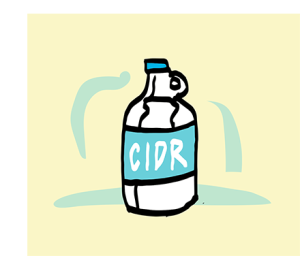Address Blocks and CIDR

IP addresses are organized into blocks using a technology called CIDR. The smallest block has just two addresses. Each block is double the size of the previous block. That means a block of six addresses is not possible.
- CIDR is Classful Inter-Domain Routing and replaced Classful Routing. It was endorsed as an approach by the Internet Architecture Board in 1993. The previous approach, classful routing, only had three sizes of network.
- The CIDR approach is also used for IPv6 networks.
- CIDR networks double in size, so a /24 has 256 IPv4 addresses and a /23 has 512 IPv4 addresses
Other internet engineers tried to define a use for them. Some wanted to designate them as unicast, so they could be used for regular internet – or at least local – network purposes. Others didn’t think they’d ever be usable across the internet. So they proposed that these addresses be designated as additional private addresses.
But 16 years after those proposals were published, no formal redesignation has been agreed. But lots of work has made them usable on private networks.
Most devices now allow data packets to be sent to and received from Class E addresses. And most modern network hardware supports use of Class E addresses. But many unmanaged network devices, like home Wi-Fi routers do not support Class E addresses. They will block traffic sent to or from Class E addresses.
But Class E addresses are used successfully on large private cloud networks where all the hardware and software is controlled by a single entity. Research has shown these include Amazon AWS and Adobe.
Some engineers are working to formally redesignate Class E addresses as unicast. But even if they succeed, the deployed base uses them so widely in a private context that they could not be allocated as globally unique IPv4 addresses by the RIRs.
And the demand is so high, that the whole pool would be allocated as soon as the RIRs could process the requests.